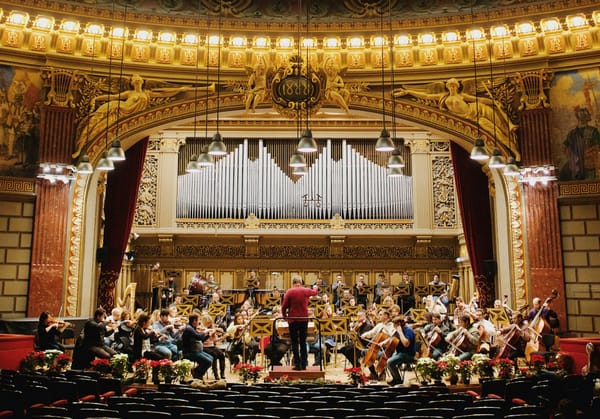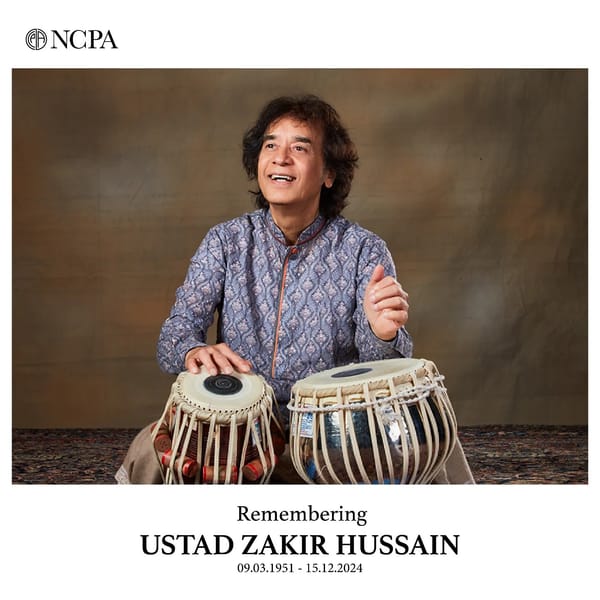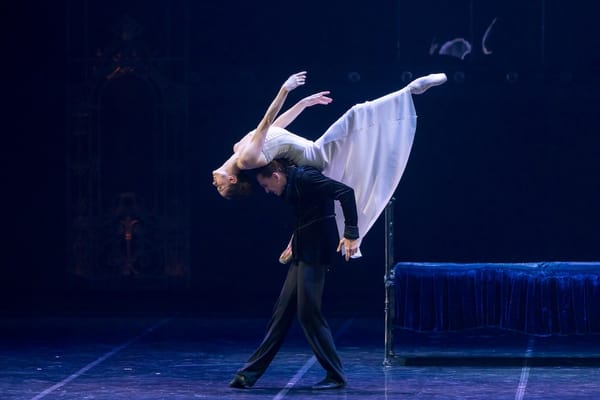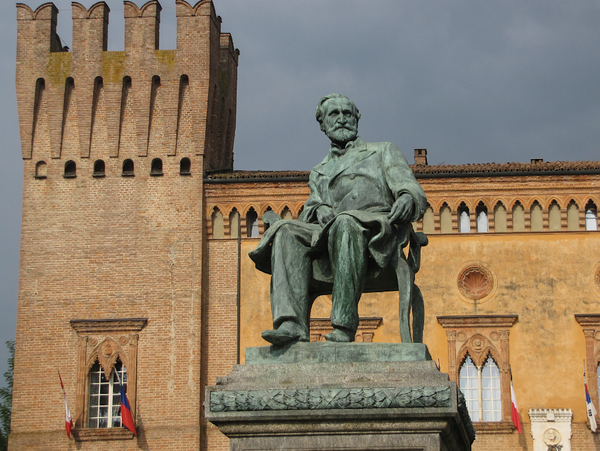The Power of the Piano Trio: How Beethoven and Schubert Elevated the Genre
Discover how Beethoven’s dramatic innovation and Schubert’s lyrical sensitivity revolutionised the piano trio. Explore their transformative impact on chamber music, and how their legacy continues to inspire modern musicians in crafting intimate, expressive, powerful dialogues.
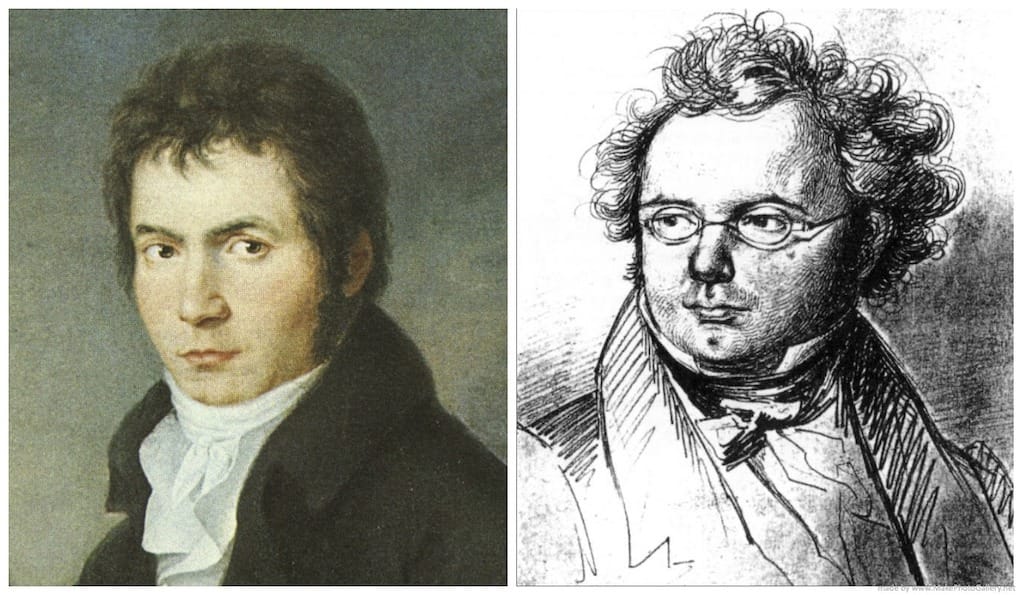
The piano trio—a chamber ensemble consisting of piano, violin, and cello—has long been a cherished medium for intimate musical expression. Far from being merely a subset of chamber music, the piano trio has served as a dynamic platform where interplay between instruments creates dialogues that resonate with both performers and audiences. Among the composers who have shaped this genre, Ludwig van Beethoven and Franz Schubert stand out as transformative figures. Their innovative approaches and unique musical voices not only expanded the expressive range of the piano trio but also elevated the genre to new artistic heights. This article explores how Beethoven and Schubert redefined the piano trio, leaving legacies that continue to influence classical music today.
The Evolution of the Piano Trio
Before delving into the contributions of Beethoven and Schubert, it is worth considering the historical context of the piano trio. In the 18th century, chamber music was predominantly associated with the string quartet or the symphony orchestra. However, as the fortepiano began to gain popularity, composers found that the new instrument’s expressive capabilities lent themselves well to a more intimate form of musical conversation. Early piano trios, though charming, were often more straightforward in structure and function than later, more sophisticated works.
The gradual evolution of the piano trio coincided with broader artistic and cultural shifts during the Classical period. The genre provided composers with a unique opportunity to explore conversational interplay among instruments in a setting that was simultaneously public and personal. It was within this climate of experimentation that Beethoven and Schubert emerged, each in his own way challenging and redefining the possibilities of the piano trio.
Beethoven’s Revolutionary Approach
Ludwig van Beethoven’s contribution to the piano trio genre is both profound and multifaceted. As a composer who continually pushed the boundaries of musical form and expression, Beethoven brought a new intensity and structural sophistication to chamber music.
Expanding the Musical Dialogue
Beethoven’s piano trios are notable for their dramatic contrasts and dynamic interplay. Unlike earlier trios where the piano often played a subordinate, accompanying role, Beethoven treated the piano as an equal partner. In works such as the celebrated Archduke Trio (Piano Trio No. 1 in B-flat major, Op. 97), the piano is given expansive, lyrical lines that intertwine seamlessly with the violin and cello. This approach transformed the trio from a mere aggregation of instruments into a cohesive, conversational unit.
In Beethoven’s trios, each instrument contributes its own distinct voice while also engaging in a collective narrative. The dialogues between the piano’s rich harmonic textures and the contrasting timbres of the strings are marked by sudden shifts in mood, tempo, and dynamic range. Such contrasts are not random but serve to heighten the emotional impact of the music. Beethoven’s innovative use of thematic development and motivic transformation within these ensembles laid the groundwork for the Romantic era’s expressive ideals.
Structural Innovation and Formal Mastery
Beethoven’s impact on the piano trio was not limited to his skilful instrumentation; it also extended to his mastery of form and structure. His compositions often exhibit a sense of architectural precision that belies their emotional intensity. Beethoven’s ability to fuse classical form with Romantic expressiveness meant that his trios could evoke both the rigour of formal structure and the spontaneity of personal expression.
One striking example is the way Beethoven employs the sonata form within his trios. By integrating exposition, development, and recapitulation in innovative ways, he creates a narrative arc that invites the listener to embark on an emotional journey. In doing so, Beethoven not only expanded the technical possibilities of the piano trio but also reimagined its role as a vehicle for storytelling. His trios often contain moments of both serene lyricism and passionate outburst, reflecting the duality of human experience.
A Legacy of Bold Experimentation
The influence of Beethoven’s piano trios extends far beyond his own time. His fearless experimentation paved the way for subsequent generations of composers who sought to balance structure with emotive freedom. Beethoven’s works have become a touchstone for chamber musicians, symbolising the power of innovation in transforming a genre. Today, performances of his trios continue to captivate audiences with their blend of technical brilliance and emotional depth, reminding us of the enduring legacy of his revolutionary approach.
Schubert’s Poetic Intimacy
While Beethoven’s piano trios are often characterised by their dramatic grandeur, Franz Schubert’s contributions to the genre are marked by lyrical beauty and poetic sensitivity. Schubert, known primarily for his songs and symphonies, brought a distinct, introspective quality to the piano trio that elevated it to new heights of expressive nuance.
Lyrical Melodies and Emotional Depth
Schubert’s piano trios, most notably his Piano Trio No. 1 in B-flat major, D. 898 and Piano Trio No. 2 in E-flat major, D. 929, are celebrated for their captivating melodies and delicate interplay among instruments. Schubert’s musical language is imbued with a sense of wistful longing and introspection, qualities that are particularly evident in his chamber works. His ability to craft themes that are both memorable and emotionally charged distinguishes his trios from the more overtly dramatic works of his contemporaries.
In Schubert’s trios, the piano often serves as both a harmonic anchor and a lyrical protagonist. The interplay between the piano and the strings creates a conversational intimacy that is both subtle and profound. Schubert’s gift for melody shines through in passages that are at once tender and expansive, inviting listeners to experience a deep sense of personal reflection. His music encapsulates the fleeting beauty of life, echoing the Romantic ideal that art should capture the ineffable and transient moments of human existence.
The Nuances of Chamber Communication
A hallmark of Schubert’s approach to the piano trio is his sensitivity to the subtleties of chamber communication. Unlike the more assertive dialogues found in Beethoven’s compositions, Schubert’s works often unfold with a gentler, more contemplative pace. The conversational quality of his music is akin to an intimate dialogue among friends, where each instrument contributes a personal voice to the collective narrative.
Schubert’s structural choices also reflect his desire for emotional balance. His trios often feature flowing transitions between movements, with thematic material recurring in varied forms to create a sense of unity and continuity. This cyclical approach to composition not only reinforces the cohesiveness of the work but also mirrors the natural ebb and flow of human emotion. The result is music that is both elegantly structured and deeply evocative—a testament to Schubert’s profound understanding of the piano trio as a medium for personal expression.
Bridging the Gap Between the Intimate and the Grand
Despite the inherent intimacy of Schubert’s piano trios, his music does not shy away from moments of grandeur. There are passages of soaring intensity and dramatic contrast that hint at the broader, more universal themes of joy and sorrow. In blending the delicate with the dramatic, Schubert created works that resonate on multiple levels, appealing to both the intellect and the heart. His ability to convey complex emotional landscapes through seemingly simple musical gestures has cemented his reputation as one of the great masters of chamber music.
Impact on the Genre
The contributions of Beethoven and Schubert to the piano trio have left an indelible mark on the evolution of chamber music. Their distinct approaches—Beethoven’s bold experimentation and Schubert’s poetic lyricism—complement each other, collectively enriching the genre with a diversity of expression that continues to inspire musicians and audiences alike.
Influences on Successive Generations
The innovations introduced by Beethoven and Schubert have had a profound influence on subsequent composers. Their works have served as models of how to balance technical mastery with emotional expressiveness, paving the way for later Romantic composers such as Brahms, Dvořák, and Ravel. In many respects, the modern piano trio owes its character to the foundations laid by these revolutionary composers, who transformed what was once considered a relatively simple ensemble into a sophisticated medium capable of exploring the full gamut of human emotion.
Chamber music, and the piano trio in particular, has evolved to encompass a vast range of styles and approaches. Yet, the underlying principles championed by Beethoven and Schubert—innovative interplay, thematic unity, and emotional depth—remain central to the genre. Today’s composers continue to draw on their legacy, crafting works that push the boundaries of tradition while remaining rooted in the rich history of the piano trio.
The Timeless Appeal of the Piano Trio
Beyond its historical and technical significance, the piano trio endures as a favourite of performers and audiences due to its intimate scale and expressive power. The trio’s ability to foster a close musical conversation among its members creates an atmosphere of warmth and immediacy that is difficult to replicate in larger ensembles. Whether performed in a grand concert hall or a small chamber space, the piano trio invites listeners to share in the personal experience of musical creation.
Performers often speak of the unique connection they feel when playing in a piano trio. The balance and responsiveness required to achieve a unified sound demand not only technical skill but also a deep sense of empathy and mutual understanding among the musicians. This collaborative spirit, so intrinsic to the music of Beethoven and Schubert, continues to define the piano trio as a living, breathing art form that celebrates both individuality and collective expression.


